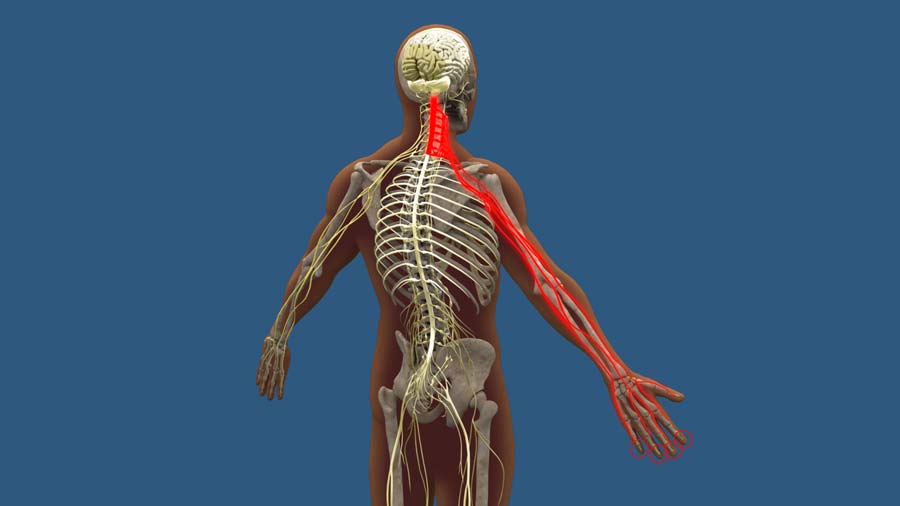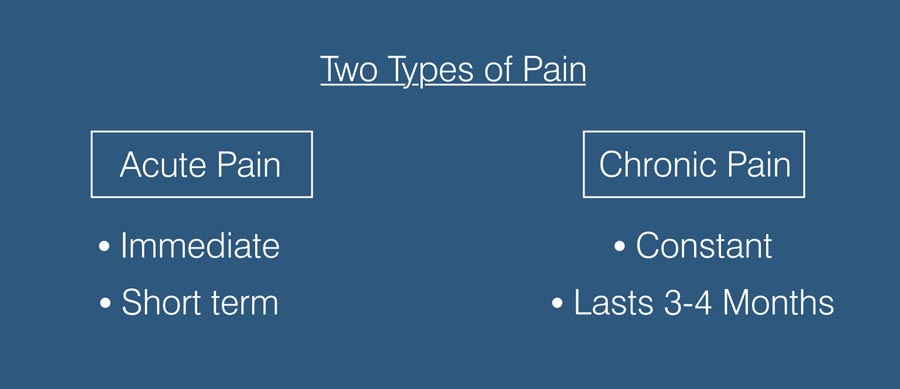What Is Pain?
Doc, why do I feel Pain? Believe it or not, that is a very complex question.
Experiencing pain is a very important way for animals to prevent further injury.
We all know that putting our hand in a fire will result in a burn. But knowing this and actually experiencing the effect of putting your hand into a fire is different.

Pain is the result of our body signaling to our command center, the brain, that there is a threat to our integrity. This immediate feedback prevents further damage.
Pain can signal an injury to many parts of our body. With this feedback, the body initiates a line of defense to protect itself.
That is why when injured, we limp, we avoid certain movements, we slow down. If we survive the injury, the affected body part needs to be shielded from extra stress while it heals.

Pain signals changes to the body. Pain is an important part of our defense mechanism. It is a monitoring system. While the experience is not pleasant, without pain, we can unintentionally harm ourselves further.
Unfortunately, there are some people who do not have the ability to feel pain. As expected, this often results in them sustaining more serious injuries.
For example, people with advanced diabetes, they can lose their ability to feel pain in their legs. Because they cannot register this pain, these patients can develop infections, or destroy their bones and joints in their feet without ever realizing it.
However, pain is not always beneficial. But before we dive into cases where it can be associated with harmful side effects, you need to know the two main types of pain.
The pain signaling associated with warning and protecting the body are ACUTE Pain signals. They are immediate.

The pain signals that can be associated with side effects are CHRONIC Pain, which can be defined as a constant pain signal that lasts for more than 3 months.
Chronic pain has bad effects on your body.
It is commonly associated with elevated blood pressure and poor mental health.
People with chronic pain have higher rates of depression. Each person experiences depression differently: it does not mean someone is always in tears. Depression can cause anger issues, and withdrawal from society. Depression is also associated with prolonged medical problems. For those with chronic back pain, it can be associated with reduced quality of your overall function over time.
Chronic pain has been associated with decreased immune function. In other words, it can make you more susceptible to infection.
Chronic pain can reduce activity levels. This in turn can cause de-conditioning and obesity.
Unfortunately, for people who have chronic pain, great effort must be made to continue to exercise, engage socially, maintain a healthy lifestyle, and have a positive outlook despite the pain. If the side effects of chronic pain start to appear, it can easily lead to a snowball effect, spiraling down a path of less function, more pain, and more dependency.
Acute pain has its role. Chronic pain can be destructive. If you have chronic pain, make sure to explore the potential causes of the pain. If the cause can be eliminated, that is great and should be done as quickly as possible.
If the cause is something that cannot be avoided like aging, genetics, trauma, then please seek counseling so you can learn to manage the chronic pain, and avoid some of the concerns discussed.
You should now understand the difference between acute and chronic pains.
Citations
- Baral P, Udit S, Chiu IM. Pain and immunity: implications for host defence. Nat Rev Immunol. 2019 Jul;19(7):433-447. PubMed PMID: 30874629
- Li J, Chen J, Qin Q, Zhao D, Dong B, Ren Q, Yu D, Bi P, Sun Y. Chronic pain and its association with obesity among older adults in China. Arch Gerontol Geriatr. 2018 May - Jun;76:12-18. PubMed PMID: 29427812
- Olsen RB, Bruehl S, Nielsen CS, Rosseland LA, Eggen AE, Stubhaug A. Hypertension prevalence and diminished blood pressure-related hypoalgesia in individuals reporting chronic pain in a general population: the Tromsø study. Pain. 2013 Feb;154(2):257-62. PubMed PMID: 23245863
Last modified: September 11, 2020









